Have you ever cleaned your floors, only to find them streaky and muddy? This happens when you mop a dirty floor. You are just pushing wet dirt around. The fix is simple: always vacuum first, then mop. This guide shows you how to use this rule to get truly clean floors.

Vacuum First or Mop First? The Golden Rule of Cleaning
The rule is simple and absolute: always vacuum before you mop. This single step protects your floors and makes them much cleaner. Following this rule is the most important part of any good cleaning routine.
Dry dirt is made of many things. It can be sand and grit tracked in on shoes. It can be food crumbs from the kitchen. It can be pet hair, dust bunnies, and human hair. All these tiny particles act like sandpaper. If you add mop water to them, you create a gritty, muddy paste. As you push your mop, this paste gets spread all over your beautiful floors.
This gritty mud does more than just look bad. It causes real damage over time. The sharp edges of sand and grit create tiny scratches on your floor's surface. One scratch is invisible, but thousands of them build up. Over months and years, these micro scratches make your floor look dull and hazy. This is a kind of damage that mopping cannot fix. The only way to restore the shine is to have the floors professionally refinished, which is very expensive.
The problem can be even worse with tile floors. The muddy water from your mop gets pushed into the grout lines between the tiles. Grout is porous and soaks up this dirty water. This can lead to permanent stains, making your grout look dark and dirty no matter how much you scrub it.
By vacuuming first, you remove all these harmful dry particles. Your mop will then have a clear surface to work on. It can focus on washing away spills and stains, leaving behind a truly clean and protected floor.

Sweeping or Vacuuming? A Vacuum is Better
Can you just sweep instead? While sweeping helps, vacuuming is the better choice for two big reasons:
1. Vacuums Remove Dirt.
When you sweep, you just move the dirt from one place to another, or even kick fine particles into the air. But if you vacuum, the particles will be collected into the machine, never disturbing your next steps. The American Lung Association notes that vacuums with HEPA filters are far superior, capturing over 99% of airborne particles, including tiny dust that causes allergies.
2. Vacuums are Safer for Floors.
For hardwood floors specifically, vacuuming is safer than sweeping. Good vacuums glide over surfaces without scratching them like coarse broom bristles can.
Are There Exceptions?
For most cleaning, vacuuming comes first. But for some quick messes, you should mop right away:
- Wet Spills: Clean up juice, milk, or pet accidents immediately.
- Sticky Spills: A vacuum cannot pick up honey, syrup, or jam.
- Heavy Mud: Clumps of wet mud from boots can clog a vacuum cleaner's hose.
These are for emergencies, not for your regular full room cleaning routine.
Cleaning Method 1: The Classic Way
If you like to use separate tools, this is a great way to clean your floors well. This method gives you complete control over every step of the process.
Step 1: Vacuum Correctly
A good vacuuming job makes mopping much easier.
- Prepare the Room: Before you start, pick up any small items like toys, shoes, or rugs.
- Use Attachments First: Use your vacuum's crevice tool or dusting brush to clean along the baseboards and in the corners of the room. This pulls out dust that the main vacuum head might miss.
- Work Systematically: Start at the farthest point from the door and vacuum your way out of the room. Move in straight, overlapping rows, like you are mowing a lawn. This ensures you cover every spot. Go slowly to give the vacuum time to pick up all the dirt.
- Keep it Clean: A vacuum works best when the canister or bag is not full. Empty it when it is about two-thirds full to maintain strong suction power.
Step 2: Mop Smartly
With the floor free of dust, you are ready to mop.
- Choose Your Mop: A microfiber flat mop is the best choice for hardwood, laminate, and vinyl floors. Microfiber cleans very well and uses very little water. A steam mop is great for deep cleaning tile and grout.
- Use the Two Bucket Method: This is a professional trick for keeping your floors truly clean. Fill one bucket with your cleaning solution and warm water. Fill a second bucket with plain rinse water. Dip your mop in the cleaning solution, mop a small section of the floor, then rinse the dirty mop in the plain water bucket. Wring it out well before putting it back into the cleaning solution bucket. This process stops you from putting dirty water back on your clean floors.
- Do Not Use Too Much Water: Your mop head should be damp, not dripping wet. Excess water can damage wood and laminate floors by seeping into the seams and causing them to swell or warp.
- Follow the Grain: On hardwood floors, always mop in the same direction as the wood planks. This helps prevent streaks and cleans out the tiny grooves in the wood.
Pros and Cons:
- Pros: You have full control. The tools cost less. It is good for small spots.
- Cons: It takes more time and energy. It is easy to miss spots.
Best For: People who have time and like a hands-on approach to cleaning.
Cleaning Method 2: The Floor Vacuum and Mop Combo
The classic way works, but it takes a lot of time and effort. A modern combo machine offers a smarter, faster solution. It vacuums and mops at the same time, doing the correct "vacuum first, then mop" sequence on every small spot it covers.
There are two main kinds:

1. The Upright Wet Dry Vacuum
This is a powerful machine that you push like a normal vacuum. It is perfect for tough, everyday messes. As you push it forward, it vacuums up crumbs and debris while a wet roller scrubs the floor. It then sucks the dirty water up into a separate tank. You are always cleaning with fresh water, not a dirty mop. This tool is a lifesaver for cleaning up after a child's messy dinner or cleaning a muddy entryway.

2. The Robot Vacuum and Mop
For a cleaning routine that runs itself, a robot combo is the best choice. These smart robots map your home and clean it on their own. They always vacuum a spot right before mopping it, keeping your floors clean every day with zero work from you. Good robots have useful features that make them very effective.
- Smart Navigation: Advanced robots like the Dreame L40s Ultra use a spinning laser system called LIDAR to create a precise map of your home. This allows the robot to clean in neat, efficient rows and to know exactly where it has and has not cleaned. It does not just bump around randomly.
- Intelligent Mopping: Basic robots just drag a wet pad. Advanced models have powerful mopping systems. The Dreame L40s Ultra has two mop pads that spin rapidly and press down on the floor. This scrubs away dried-on spills and stains far better than a simple wipe.
- Automatic Mop Lifting: These robots can tell the difference between hard floors and carpets. When the Dreame L40s Ultra senses a rug, it automatically lifts its mop pads. This keeps your carpets and rugs completely dry while it continues to vacuum.
- A Truly Automatic Base Station: The biggest advantage of a premium robot is its base station. The base station for the Dreame L40s Ultra turns it into a system that cleans itself. After the robot is done cleaning the floor, it returns to the station, which performs several tasks. It sucks the dust out of the robot's small bin into a larger bag. It washes the dirty mop pads with hot water to kill germs. It then dries the mops with hot air to prevent mildew and bad smells. It even refills the robot with fresh water for the next cleaning job.
| Feature | Upright Wet Dry Vacuum | Robot Vacuum and Mop |
|---|---|---|
| Best For | Deep cleaning tough messes | Daily cleaning without effort |
| How it Works | You push it to scrub and clean. | It drives around your home by itself. |
| Convenience | Faster than two tools, but still manual work. | Let you turn it on and walk away. |
| Effort | You do the work. | The robot does the work for you. |
How to Pick the Best Vacuum and Mop Combo Machine
Your choice will depend on your home and how you live. To find the right fit, ask yourself a few questions:
- What are your floors like? If you have many rugs and carpets, a robot with good mop lifting, like the Dreame L40s Ultra, is essential.
- Do you have pets or long hair in your home? If so, look for a machine with a tangle-free brush design. This will save you from having to constantly cut hair out of the roller.
- How much free time do you have? If your schedule is very busy, a fully automated robotic system with a self-cleaning base station will give you the most time back in your day.
- How do you feel about technology? Modern robots come with smartphone apps that let you schedule cleanings, choose cleaning power, and create invisible walls or "no mop" zones for delicate areas.
Is It Worth the Cost?
A quality combo machine costs more upfront than a simple mop. But the purchase is a good value. Consider the time you save. A robot can give you back several hours every month that you would have spent cleaning. It also helps protect your floors by cleaning them correctly and gently every time. It is an investment in a cleaner home and a more relaxed life. A top model like the Dreame L40s Ultra has the best features to make cleaning easy and effective.
The Bottom Line
For clean floors, follow one simple rule: vacuum first, then mop. This works for both old and new cleaning methods. It protects your floors and gives you much better cleanliness. Stop making muddy water. If you want to make cleaning effortless, look at what a brand like Dreame can do for your home.

















































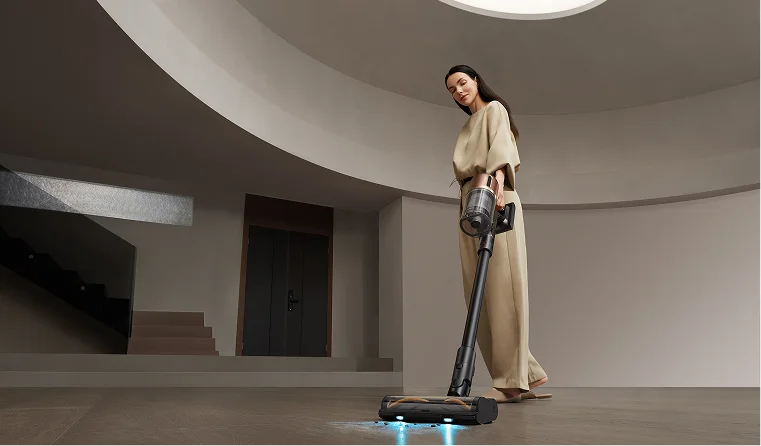
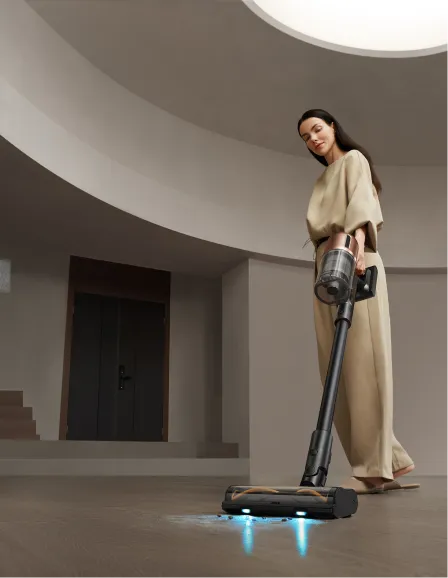
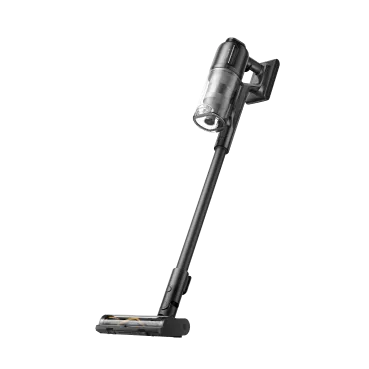
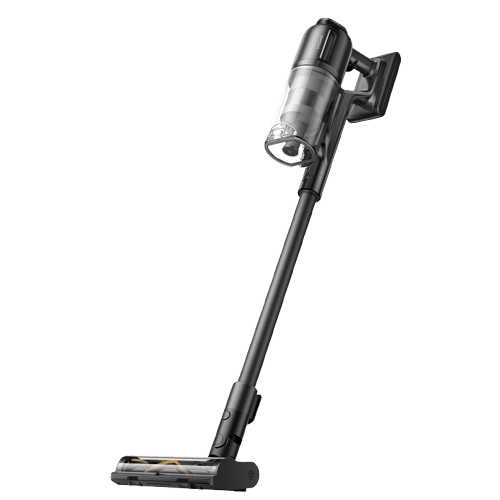
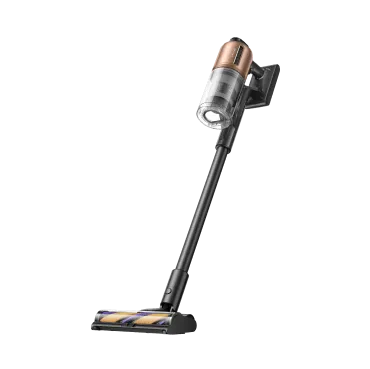
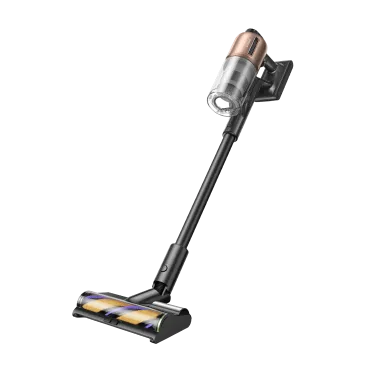
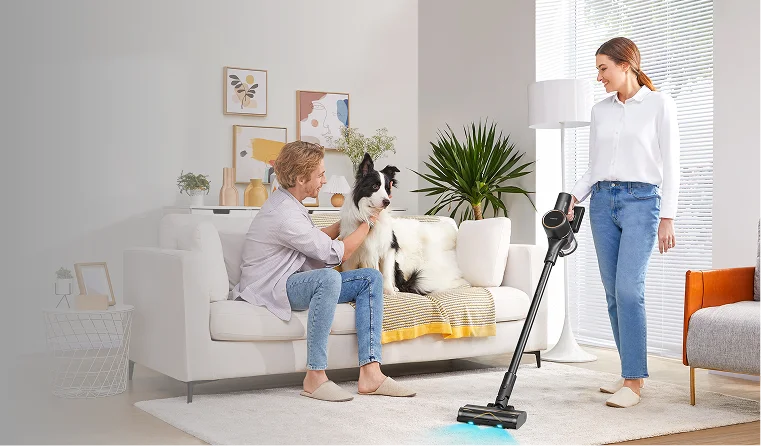
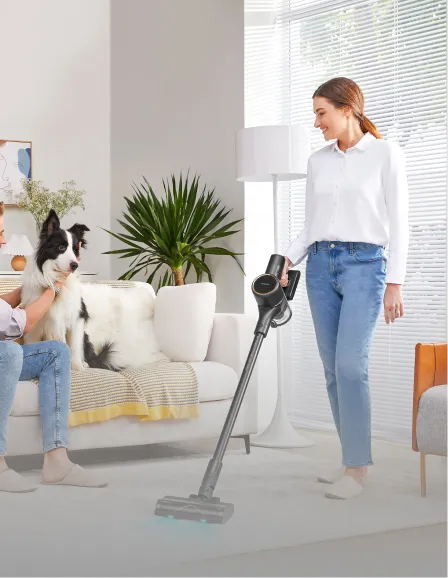
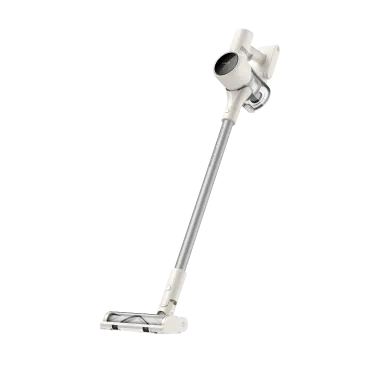
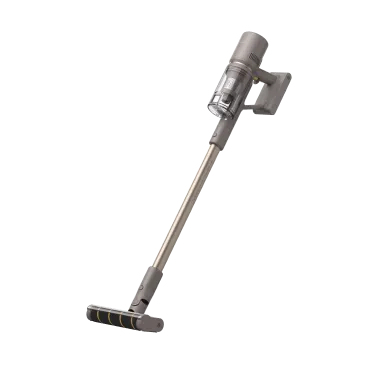
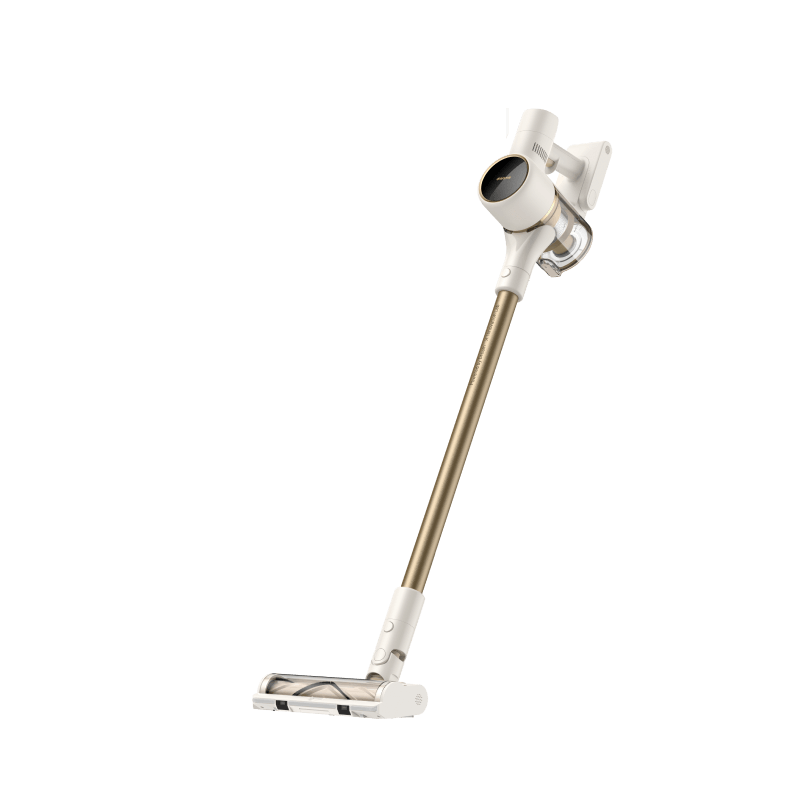
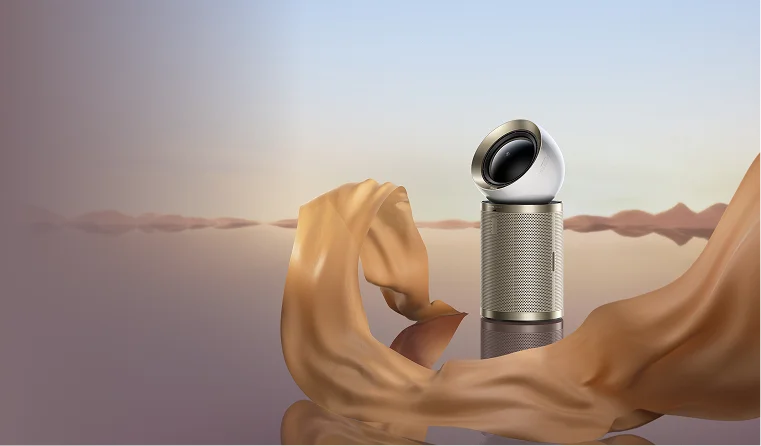
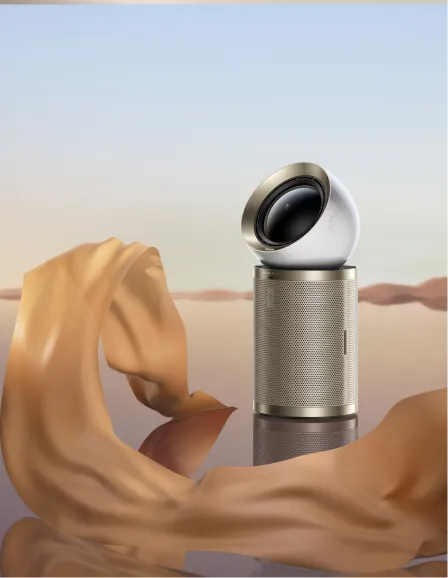

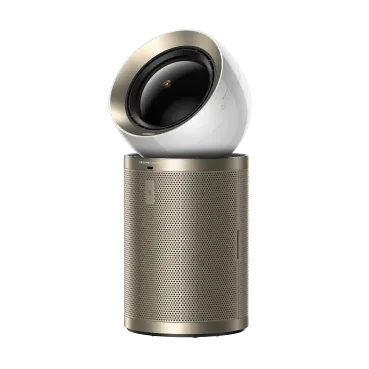
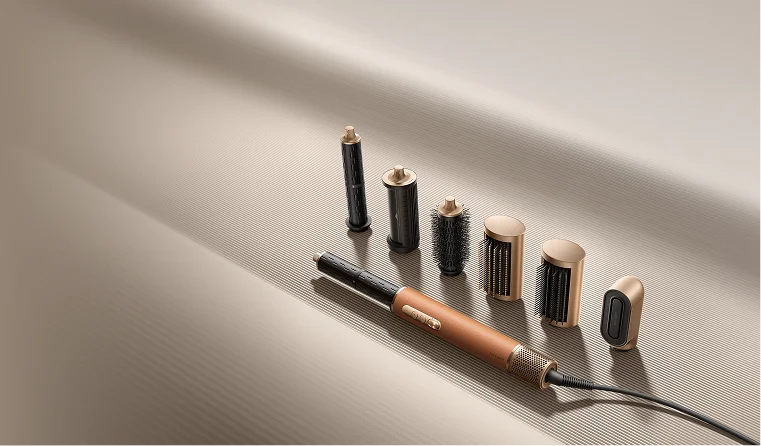
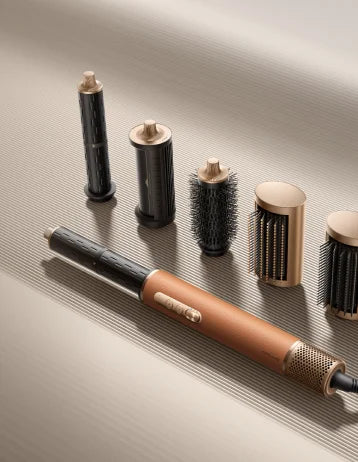
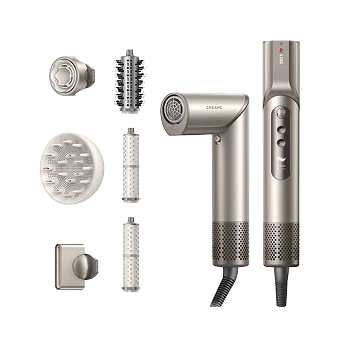
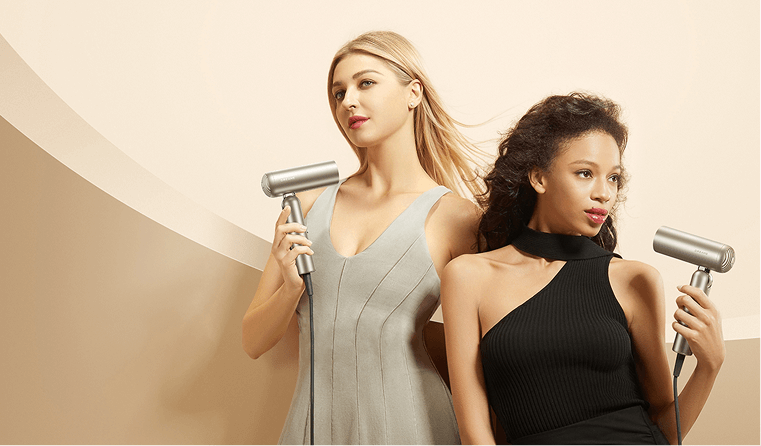
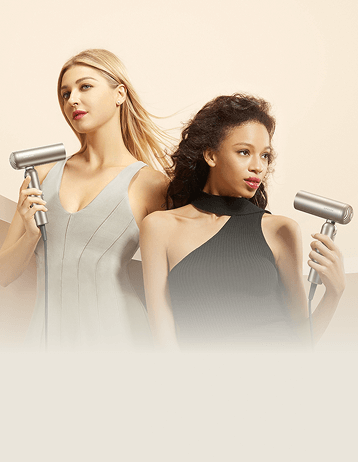
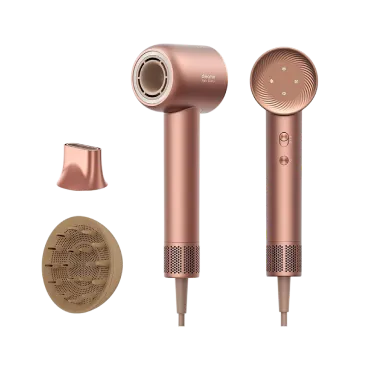
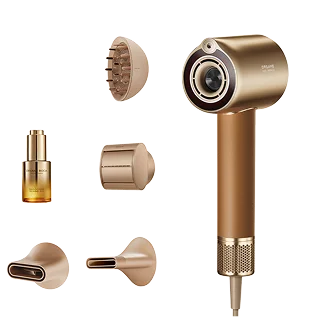
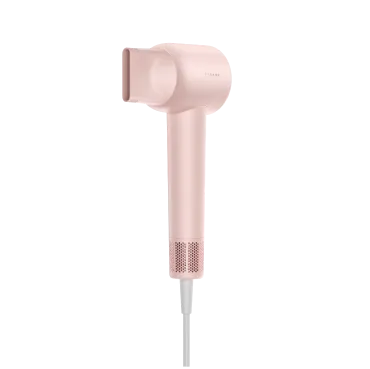


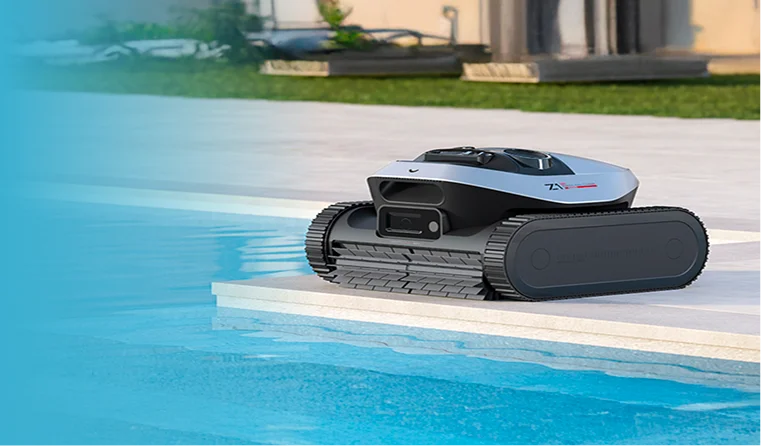
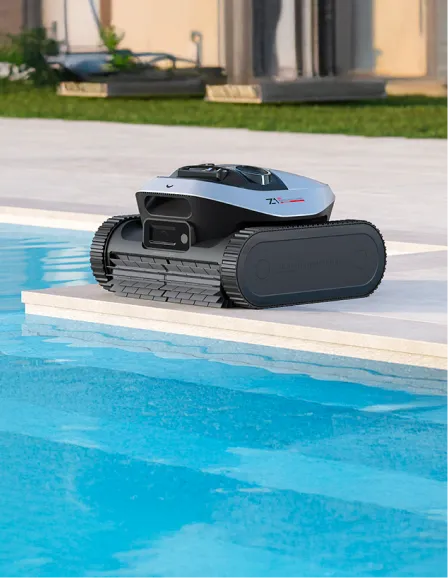
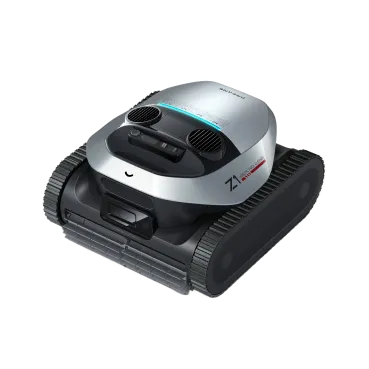
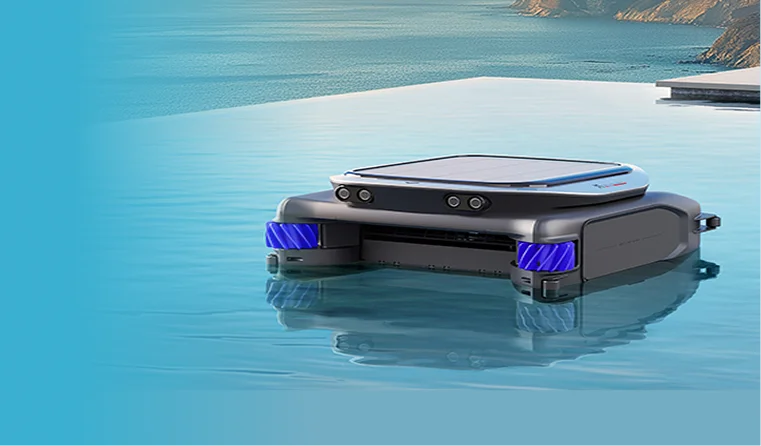
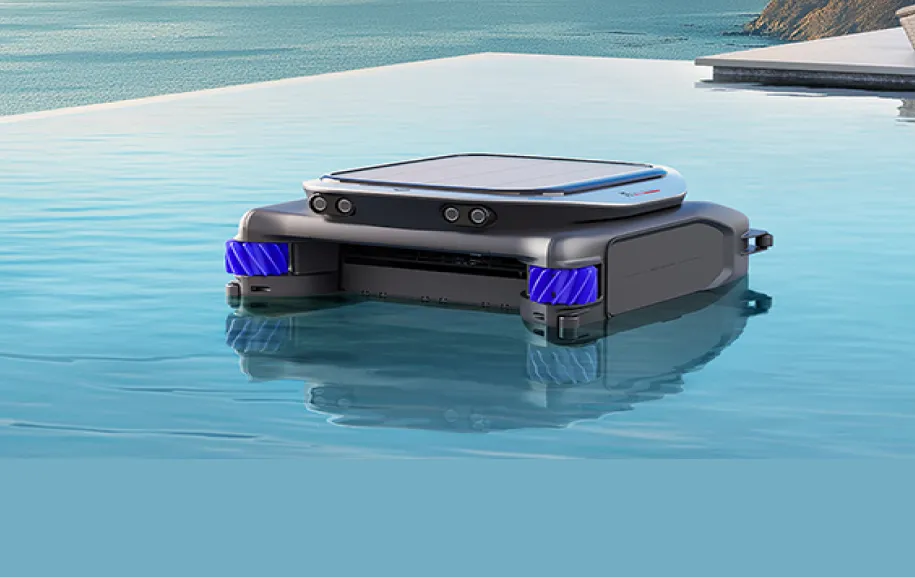










 Australia
Australia 中国大陆
中国大陆 日本
日本


 Türkiye
Türkiye


 Italia
Italia
 Netherlands
Netherlands Belgium
Belgium
 Greece
Greece Polska
Polska
 Norway
Norway
 Sweden
Sweden
 Finland
Finland
 Denmark
Denmark
 Hungary
Hungary Czechia
Czechia
 Slovenia
Slovenia
 Croatia
Croatia
 Switzerland
Switzerland United Kingdom
United Kingdom
 Canada
Canada


